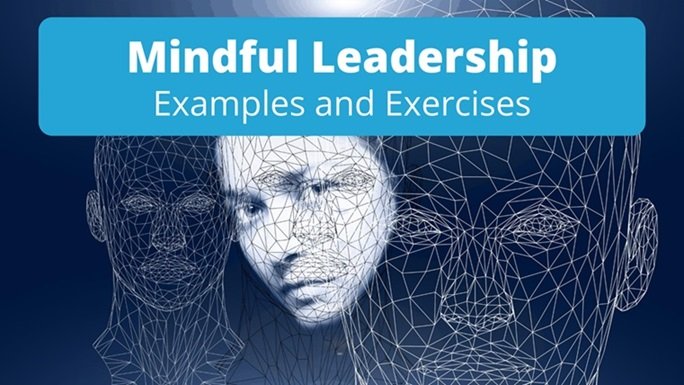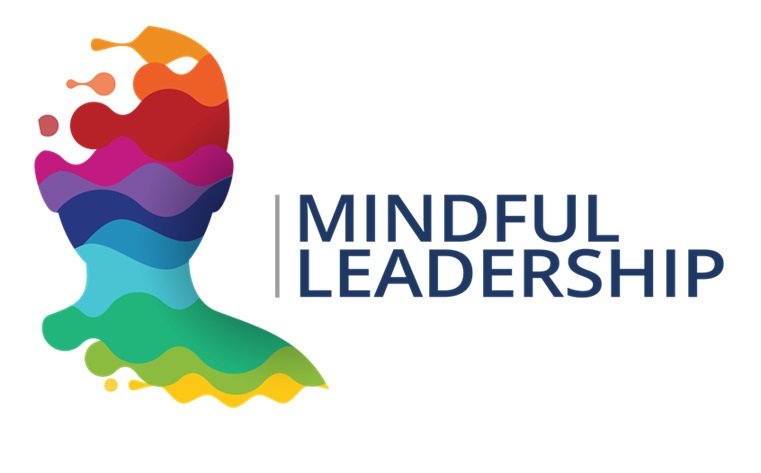Table of Contents
Hey there, fellow leaders and aspiring ones! Today, we’re diving into a game-changing topic that can elevate your leadership style to new heights: mindfulness. Yes, mindfulness! It’s not just a buzzword you hear thrown around in wellness circles; it’s a powerful tool for effective leadership.
What is Mindfulness?
At its core, mindfulness is the practice of being fully present and engaged in the moment, aware of your thoughts, feelings, and surroundings without judgment. It’s about taking a step back from the chaos and focusing on the here and now. Imagine navigating through your day with a calm, clear mind, able to respond rather than react. Sounds amazing, right?
Why Mindfulness Matters in Leadership
Leadership is more than just making decisions and guiding teams. It’s about connecting with your people, understanding their needs, and fostering an environment where everyone can thrive. Mindfulness helps you do just that by:
- Enhancing Emotional Intelligence: Being aware of your own emotions and those of others.
- Improving Focus and Concentration: Staying present in meetings and decision-making processes.
- Reducing Stress and Burnout: Handling the pressures of leadership with grace.
- Fostering Compassion and Empathy: Building stronger, more meaningful relationships with your team.

Real-Life Examples of Mindful Leadership
Example 1: Google’s Mindfulness Program
Google, a company renowned for its innovation, has recognized the power of mindfulness in leadership. They introduced the “Search Inside Yourself” program, which focuses on mindfulness and emotional intelligence training. This program has helped employees and leaders alike to manage stress better, enhance their emotional intelligence, and improve overall job performance.
Chade-Meng Tan, the engineer who spearheaded this initiative, found that incorporating mindfulness practices into the workplace led to happier, more productive employees. This is a testament to how mindfulness can transform a company’s culture and boost leadership effectiveness.
Example 2: A CEO’s Morning Routine
Consider the story of Marc Benioff, the CEO of Salesforce. He attributes part of his success to his daily mindfulness practice. Every morning, Benioff spends time meditating and reflecting, which helps him start his day with a clear and focused mind. This routine has not only helped him stay grounded but also enabled him to lead Salesforce through rapid growth and success.

How to Incorporate Mindfulness into Your Leadership Style
1. Start with Self-Awareness
Begin by taking a few minutes each day to check in with yourself. How are you feeling? What thoughts are running through your mind? This practice of self-awareness is the foundation of mindfulness.
2. Practice Active Listening
When you’re in meetings or conversations, make a conscious effort to listen actively. This means really paying attention to the speaker without planning your response while they’re talking. It shows respect and helps you understand your team’s perspectives better.
3. Take Mindful Breaks
Leadership can be stressful, and it’s essential to take breaks. Use these breaks to practice mindfulness. Whether it’s a few minutes of deep breathing, a short walk, or a quick meditation session, these mindful breaks can recharge your mind and improve your focus.
4. Lead by Example
Your team looks up to you. By demonstrating mindfulness in your actions and decisions, you can inspire them to adopt similar practices. This creates a ripple effect, fostering a culture of mindfulness throughout your organization.

The Long-Term Benefits
Incorporating mindfulness into your leadership style isn’t just a quick fix; it’s a long-term strategy for sustainable success. Over time, you’ll notice:
- Better Decision Making: With a clear and focused mind, you can make more thoughtful and effective decisions.
- Enhanced Team Dynamics: Mindfulness fosters better communication and collaboration among team members.
- Increased Resilience: Both you and your team will be better equipped to handle challenges and setbacks.
Conclusion
Mindfulness is a powerful tool for effective leadership, offering a pathway to greater self-awareness, emotional intelligence, and overall well-being. By incorporating mindfulness practices into your daily routine, you can transform not only your leadership style but also the culture and success of your organization.
So, why not give it a try? Start small, be consistent, and watch how mindfulness can revolutionize your approach to leadership. Here’s to leading with mindfulness and making a lasting impact!



Leave a Reply